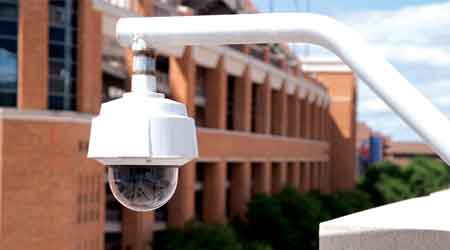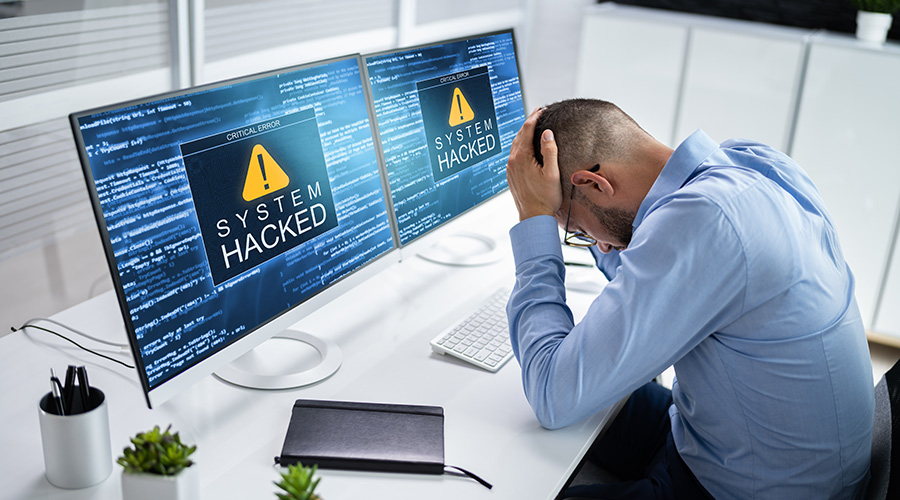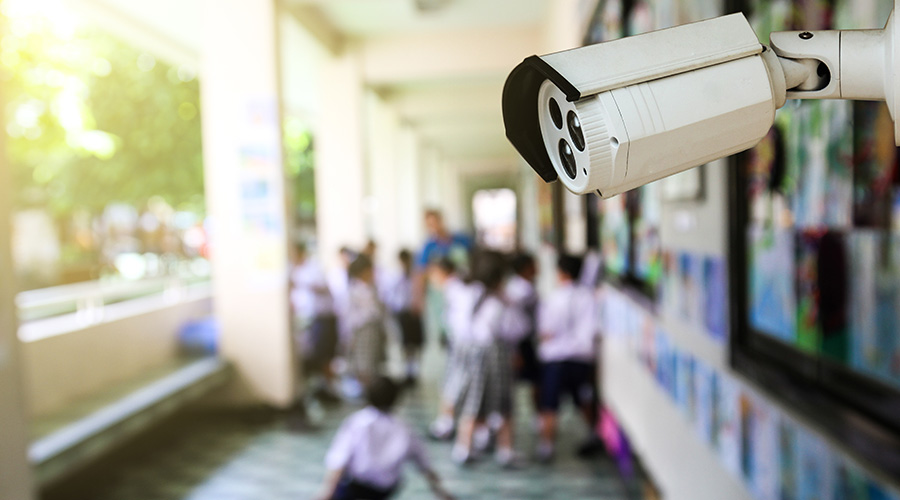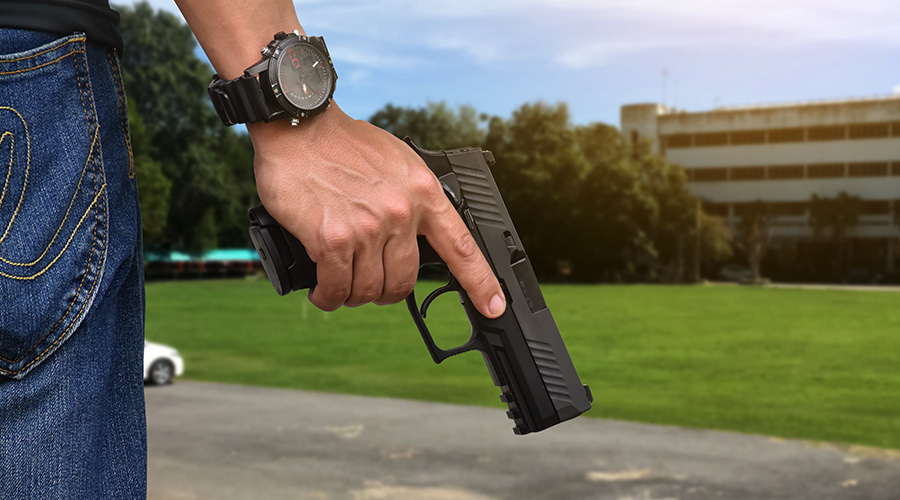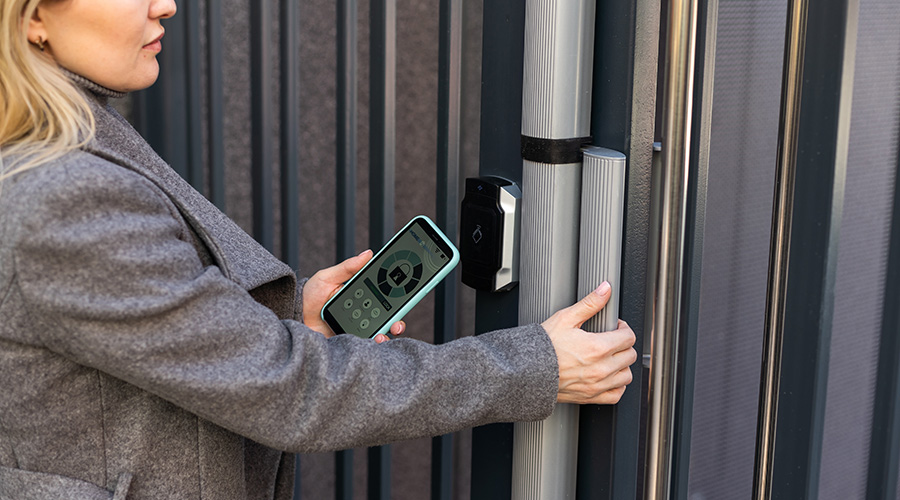Increasing Use of Technology Aiding Campus Security Forces
Part 3 of a 4-part article on the increasingly complex challenge of security at colleges and universities
Increasing technology surveillance allows campus security forces to better address typical campus criminal activity. Security cameras and card readers have become a staple of the industry, says Murphy. Technology helps his school address many of its security issues, “including missing property, vehicle accidents in parking lots, and suspicious people on campus,” he says. “The cameras help us prove and disprove a lot of claims.”
Crimes of opportunity are common on college campuses, including larceny and breaking and entering in living areas, Merlo says. Students most often lose expensive computers or cell phones because they are not paying attention and leave property unattended. “There are criminals that target college kids,” he says. They look for unlocked cars, or enter the library or other buildings where people might plug a phone in and walk away. Merlo’s staff train students in commonsense crime prevention, but technology is also helping. Computers are registered at the university, and security can track them down. “Sometimes criminals are from the outside and will walk into dorm rooms and grab something, but this is changing because of less access to dorm rooms. We have card swipes and can look back at who is accessing buildings.” Merlo’s university now has over 800 surveillance cameras.
Technology helps keep people informed about emergency situations, and offers a way for the university community to communicate with security or campus police about potential threats. For example, a new University of Arizona program allows people to text and send pictures directly to dispatch about an incident in progress. The program also gives the community access to the university’s emergency plans — “what to do in the event of an active shooter, biological spill, or an earthquake, for example,” says Brian Seastone, the school’s chief of police.
Alert notices that are sent to people’s phones have been in place for about seven years, according to Christopher M. Kopach, assistant vice president of facilities management at the University of Arizona. In the last decade, the use of cameras has increased as well. “Theft and burglary have gone down because of better security measures within buildings, with keyless locks that use a card system,” Kopach says. Arizona has instituted a 12-phase project of putting exterior entrances on keyless access. A card system also makes it easier to lock down a building in the event of an emergency. Some 237 core classrooms have been recently upgraded and outfitted with digital display clocks that begin scrolling messages in the event of a crisis, Seastone says.
Columbine, Virginia Tech Shootings Changed Campus Security Procedures
The Columbine and Virginia Tech shootings were watershed events for security personnel, recalls Robert Lang, retired assistant vice president of strategic security and safety and chief security officer for Kennesaw State University in Georgia. The Columbine High School killings in 1999 changed the immediate protocol for handling a report of a shooting. Previously, an officer on the scene was instructed to set up a perimeter and await the SWAT team.
“Columbine proved that you cannot wait,” says Lang. “During the time they were setting up the perimeter, (the shooters) were killing students one by one. Columbine changed the response method. The first officer on scene is now trained to go where the fire is and try to stop it as quickly as possible rather than setting up a perimeter. (These officers) are being trained to act as first responders.”
The Virginia Tech massacre of 2007 was a turning point for universities because it was followed by more and more shootings, Lang says. “You have a lot of copycats,” he says. “There’s a lot of media influence. Communication is almost instantaneous.” The PLOS One study found evidence that mass shootings are “contagious” for a period of 13 days after the first report. The lead author of the study said the news media attention is like a “vector” that reaches people who are vulnerable and can be a catalyst for their violent behavior.
The Virginia Tech incident also changed how colleges and universities disseminate information to those on campus about possible threats. “Following Virginia Tech, you saw an immediate explosion in text messaging emergency services, which is now the norm in universities and even in the K-12 environment, so that you can get information out quickly and update the community,” says Brian Seastone, chief of police at the University of Arizona.
— Maryellen Lo Bosco
Related Topics:








